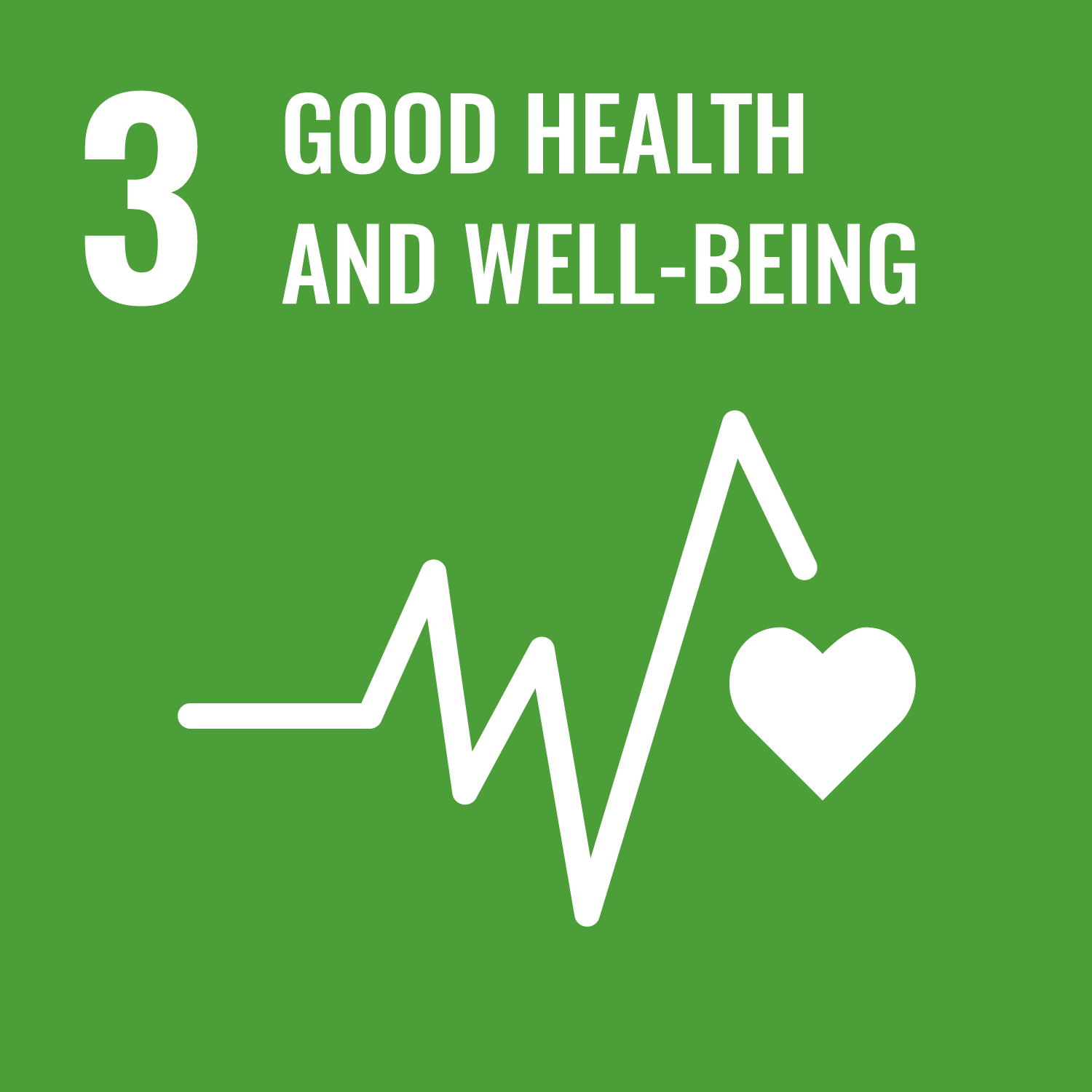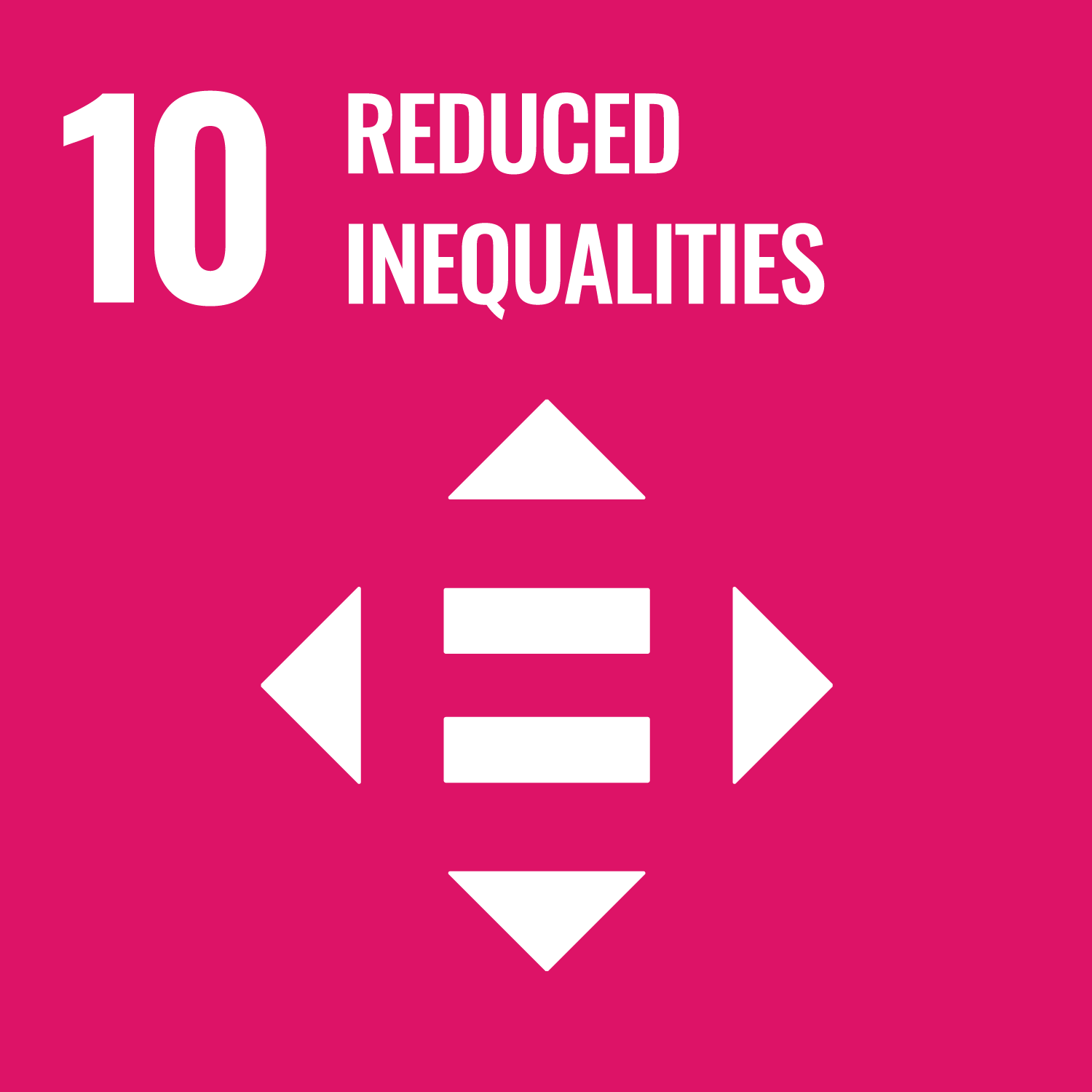Poku, Brenda, Atkin, Karl Michael orcid.org/0000-0003-1070-8670, Grainger, John David et al. (5 more authors) (2025) “It's like going through life at a mediocre level”:A qualitative study of the meaning and impact of fatigue in children and young people with sickle cell disease. BMC Pediatrics. 379. ISSN: 1471-2431
Abstract
Background: Fatigue is increasingly recognised as a prevalent and debilitating symptom for children and young people (CYP) with long-term conditions (LTCs), significantly affecting their family, social and educational participation. In sickle cell disease (SCD), fatigue is the most frequently reported symptom, surpassing pain related to vaso-occlusion. However, understanding of fatigue’s nature and impact on CYP with SCD remains limited. This qualitative study explores the meaning and consequences of fatigue for CYP with SCD to inform services, treatments and care. Methods: This exploratory research interviewed 12 CYP with SCD aged 12-23 years, five parents and ten healthcare professionals across England. Participants were recruited through convenience sampling from an NHS Trust, SCD-focused charities and social media. Data were generated using audio-recorded online semi-structured or art-elicitation interviews. Interviews were transcribed and analysed using coding, constant comparison and thematic categorisation to identify key themes. Results: Six thematic categories were constructed from the data: (1) constant state of reduced energy, (2) the daily struggle, (3) the invisibility of fatigue, (4) being socially isolated, (5) managing fatigue, and (6) the future while negotiating fatigue. SCD fatigue was seen as a persistent, inescapable daily struggle, with reduced energy for day-to-day activities. This was often unnoticed or misunderstood by others. It hindered YP's daily routines, caused frequent school absences, reduced social participation, and promoted social exclusion. To meet social expectations and avoid stigma, CYP described constantly pushing themselves to conceal their fatigue, exacerbating their difficulties with SCD. Fatigue was invisible in clinical settings, leading to a lack of standardised/formalised support and increasing uncertainties and precarity about the future. CYP and parents employed energy economisation and recharging strategies to cope with and control fatigue. Conclusions: Fatigue dominates CYP’s experience of living with SCD, significantly impacting their physical, social and educational functioning and leading to isolation and stigma. Often overlooked in clinical settings, addressing fatigue should be integral to SCD care and research. This includes incorporating fatigue assessments, developing targeted self-management programmes, and furthering research on its management. The findings emphasise recognising fatigue as a primary symptom in CYP with LTCs, given its severe impact on social and educational development and future stability.
Metadata
| Item Type: | Article |
|---|---|
| Authors/Creators: |
|
| Copyright, Publisher and Additional Information: | © The Author(s) 2025 |
| Keywords: | children,experiences,fatigue,qualitative,sickle cell disease,young people |
| Dates: |
|
| Institution: | The University of York |
| Academic Units: | The University of York > Faculty of Social Sciences (York) > Sociology (York) |
| Date Deposited: | 30 Apr 2025 11:10 |
| Last Modified: | 12 Dec 2025 16:40 |
| Published Version: | https://doi.org/10.1186/s12887-025-05720-7 |
| Status: | Published |
| Refereed: | Yes |
| Identification Number: | 10.1186/s12887-025-05720-7 |
| Sustainable Development Goals: | |
| Open Archives Initiative ID (OAI ID): | oai:eprints.whiterose.ac.uk:226013 |
Download
Filename: s12887-025-05720-7.pdf
Description: “It’s like going through life at a mediocre level”: a qualitative study of the meaning and impact of fatigue in children and young people with sickle cell disease
Licence: CC-BY 2.5



 CORE (COnnecting REpositories)
CORE (COnnecting REpositories) CORE (COnnecting REpositories)
CORE (COnnecting REpositories)